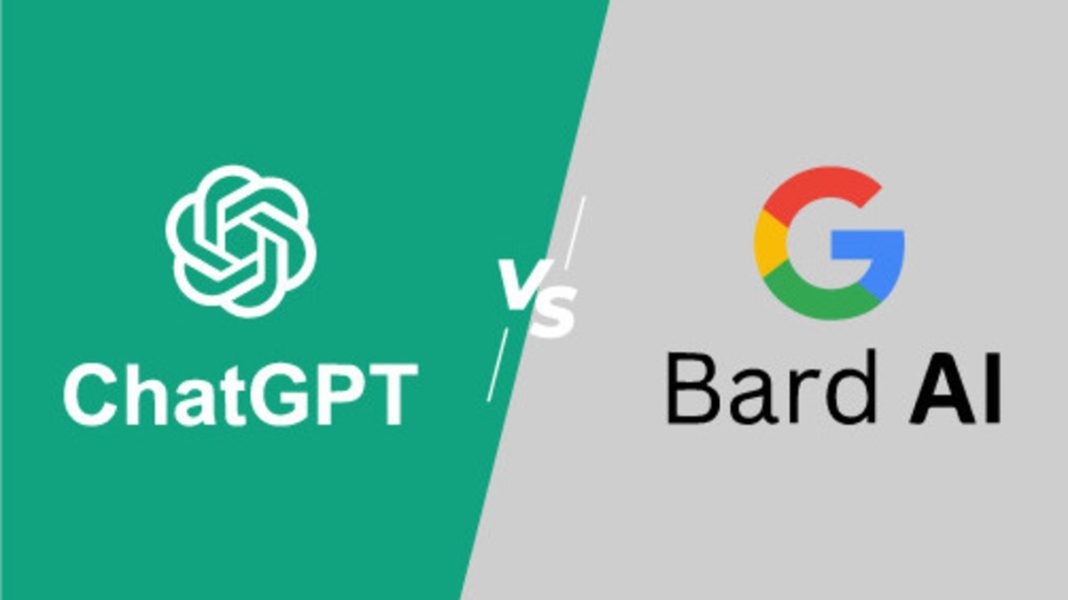We know how artificial intelligence is taking the world by storm in the present time. The technological revolution 4.0 that we are witnessing is the implications of Artificial Intelligence (AI) and its tools that are being utilized by industries such as finance, automobile, medicine, translations, ed-tech, agriculture sectors, and many more. AI translations have been increasingly gaining much-deserved prominence due to their cost efficiencies over human ones and spontaneity of usage. Last November, using this particular service, OpenAI launched the general-purpose chatbot prototype, ChatGPT. Let’s have a very brief look at what the language model that everybody is talking about promises:
What Is ChatGPT all about?
A generative pre-trained transformer (GPT) that depends on deep learning technicalities is a novel development consisting of a large-scale language generation model. It is programmed to generate simpler, more human-like texts. It can be used for a considerable span of language processing tasks like building a summary of a poem, essay constructions, or writing codes. It is fine-tuned with the GPT-3.05 series of Language Learning Models (LLM), which puts supervised learning and reinforcement learning from human feedback (RLHF) into implementation. This versatile tool is being made free for users to perform trials so that the developers can further renovate it for better proficiency.
Now, interestingly, within a gap of only three months, Google announced the release of its very own AI chatbot- the Bard AI as an obvious competitor to ChatGPT. Presently, the need of the hour is to know the fine details about the brand-new announcement from Google. How is the bard? Is it similar to OpenAI’s innovation or just starkly different? How much actual use or misuse are these going to be in the future? We definitely need to unravel the mysteries.
The Working Of Google’s Bard
After the exciting landing of the Microsoft-backed AI chatbot ChatGPT, Google’s parent company Alphabet’s immediate response was to launch their own invention by the name of Bard. Powered by Google’s own AI language model (the Language Model for Dialogue Applications, or LaMDA), it’s rumored to be a ChatGPT rival in the market. In response to user queries, Bard will be using AI to produce answers in the text. Google has confirmed that it can perform tasks like describing complex space discoveries to a child or drawing comparisons between two Oscar-nominated movies. Sounds pretty satisfying, right? The particular technology is supposed to be made available via an application programming interface (API), but no timeline has been decided yet by the developers.
Similarities Between The Two AI Services
Well, both language models are committed to making conversations easier and would deliver similar services in terms of functionality. With respect to user prompts, simpler, profound, and human-like responses would be generated. Ranging from generating recipes to completing assignments as per the command, both technologies will be on equal footing, as per expert verdicts.
Differences Between The Two AI Services
Google Bard will be drawing information from the magnanimous reserve of data already available with Google itself to perform its best. In the case of ChatGPT, its knowledge is to be restricted to events until 2021. Thus, without a doubt, Bard has the upper hand in possessing access to the newest data to provide the most accurate results. In terms of user experience, ChatGPT has seen some factual errors and nonsensical and non-contextual texts.
Bard is supposed to comprehend more difficult matters and deconstruct them into more liquified bits. That might give an added advantage over ChatGPT’s abilities of content creation and responding to user prompts. The ChatGPT chatbot had already been displaying racist and sexist biases in its performances, which is an issue with respect to most of the AI models.
Underlying Concerns
As true as the positive potentials of artificial intelligence-powered chatbots, the popular verdict has always been their inability to meticulously make sense of the user input, the sheer lack of human touch and humor, thus providing less accurate answers. One cannot completely neglect the major ethical concerns related to them or the rudimentary issue of curtailing employment opportunities and job loss in the near and far future. Another matter of fact is the grave source of worry for educational professionals regarding the misuse of AI chatbots by students while constructing written projects.
Conclusion
It is definitely going to be a battle, in the long run, to see who prevails over whom to garner maximum market popularity. BardAI has not been rolled out to the general public as of yet; it is only available to the testers, so one can keep their fingers crossed for now. Whichever side wins, the inevitable winner, in this case, would be the phenomenal AI tools, due to which our lives are being increasingly influenced every day in some way or another. Be it Amazon’s Alexa, facial detection and recognition technology, or navigation facilities; artificial intelligence is gaining relevance as an industry transformer. It is only time that will have the last say.

